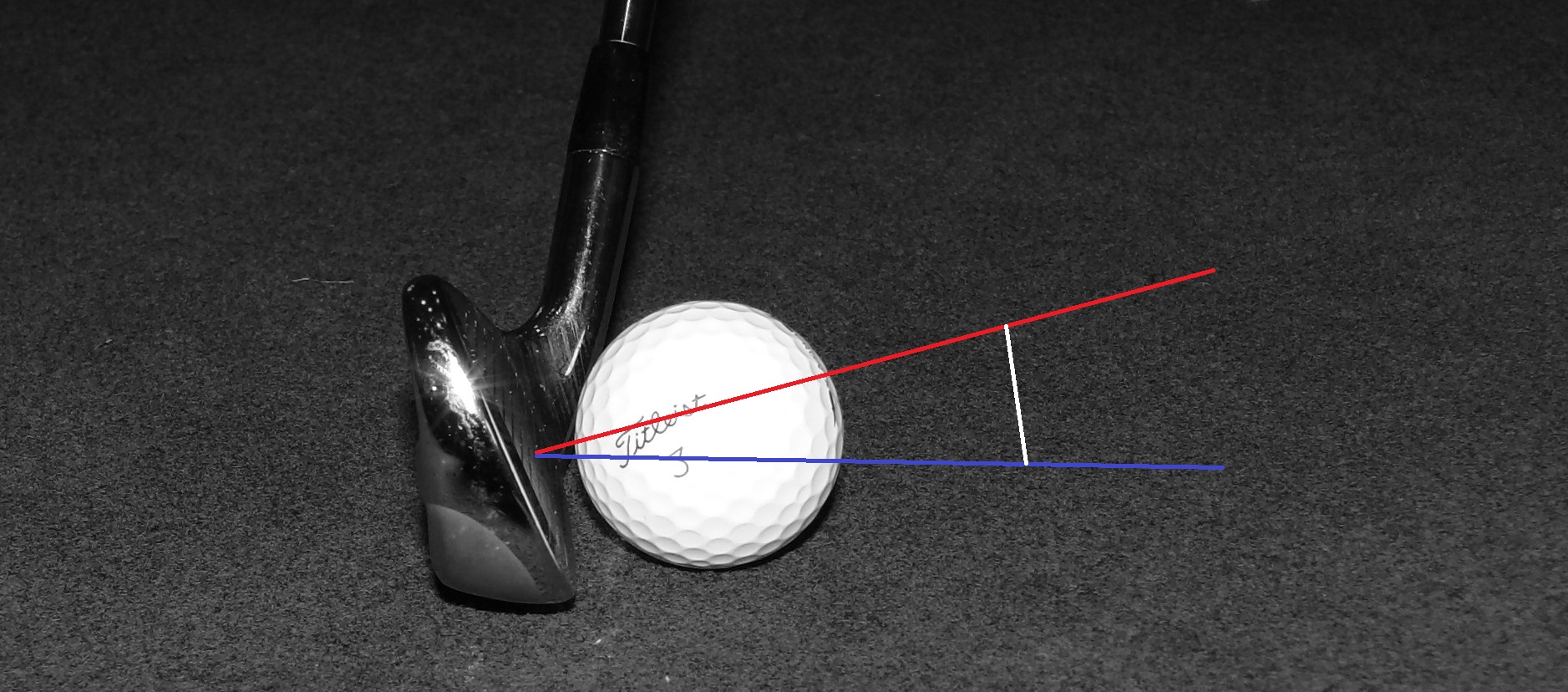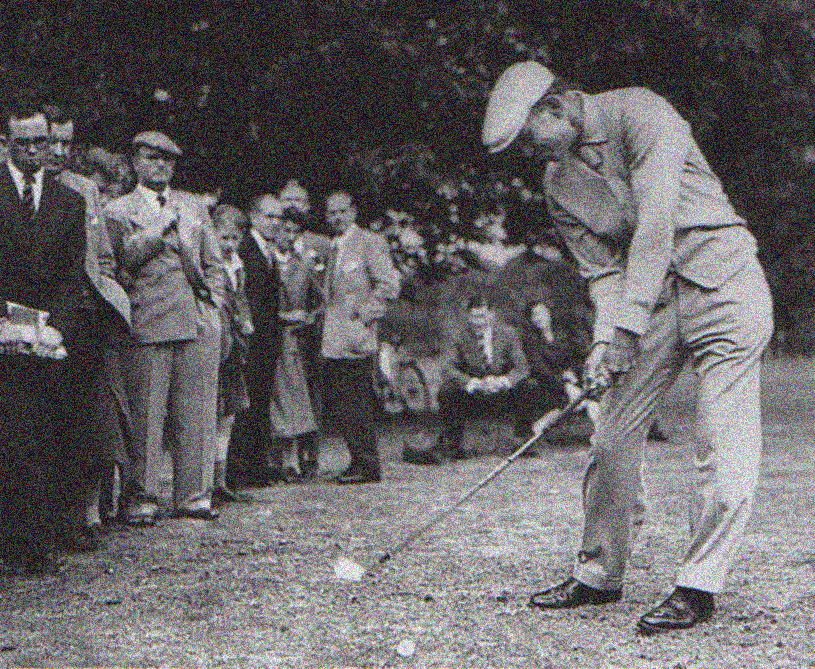My Strategy Cheat Sheet
/There are so many ways that golfers can improve without ever going to the range, gym, or taking a lesson. Better understanding and decision making is the low hanging fruit for improved performance and scoring. As a result I came up with my five part, strategy cheat sheet quite a while ago. Here you go….
The Five Yard Pact
Five yards is fifteen feet. If you hit any full swing shot to that distance from the hole, you’ve done nicely. My pact is simple. If you have a front pin, try to hit your shot 5 yards long. If you have a back pin, try to hit your approach 5 yards short, and the same goes for left and right pins. The only time the Pact is off is if there is a center pin and there are no “major” hazards around the green. However, if the pin is centered and there is a water hazard on the left edge of the green the Pact kicks in and you must plan for 5 yards right of the centered pin. Make sense?
You might wonder why you need the Five Yard Pact? These are some of the best players in the world trying to keep their golf ball between the left bunkers and the water on the 17th hole in the 2021 PGA Championship. Any more questions?
Stick to One Shot Shape
Yes, we all like to think that we can work the ball both ways, but all the data shows that we are “less good” at our atypical pattern than our regular shape. Play one shape on every tee and on every approach, unless you have an obstacle in your direct path. Moral of the story - dance with who ya brung and work on improving or upgrading your typical pattern on the range.
Get Out of Trouble in One Stroke
You have a handicap for a reason. It’s okay for you to make a bogey and still have a good day, but those BIG numbers can really taint your experience and score. Don’t be a hero and get the ball back in play and move on. You’ll be okay, I promise. Better golf is far more about limiting the damage than about being amazing.
Know Your CARRY Distances
It boggles the mind at how many golfers I encounter who don’t know how far they hit the golf ball with a certain club. They think they do, but most often they’re playing off of TOTAL distance vs CARRY distance. Oh, the number might also be slightly inflated too. GIR is a massive stat in lowering your scores, so pick the right club and start hitting more greens.
Putt When You Can
Once again there is no need to get cute or try to be fancy. Just because Rory might chip this one doesn’t mean you have to. You truly can limit the damage so easily, by simply putting when you have the chance to do so. And please, practice a few putts from off the green every now and then. It will go a long way towards subduing any doubts you might have.
Why do we, the regular, everyday golfer, need a better strategy? The above image from Lou Stagner at Arccos Golf should illustrate all we need to know. This is a plot of actual shots comparing 15 handicappers to PGA Tour players from 155 yards in the fairway. The broader our dispersion is the more conservative we need to be in selecting, and staying with, an appropriate target.
Thanks for reading along and I hope you leave with something to help you shoot lower scores.
Cheers!






















